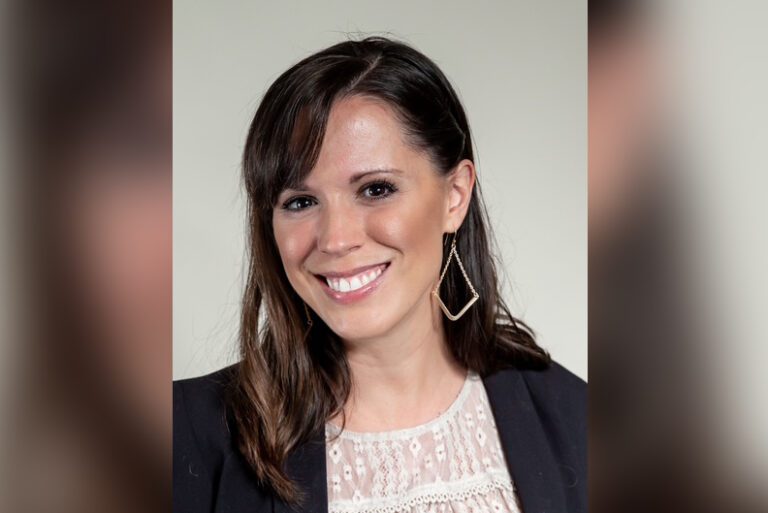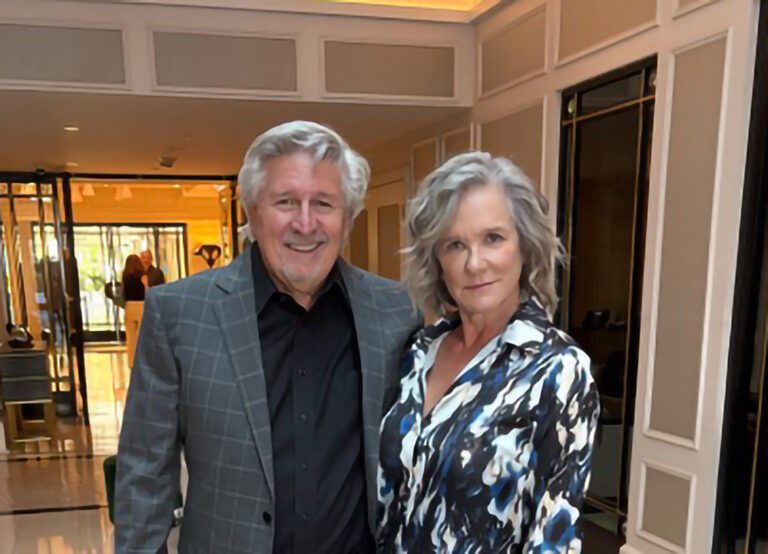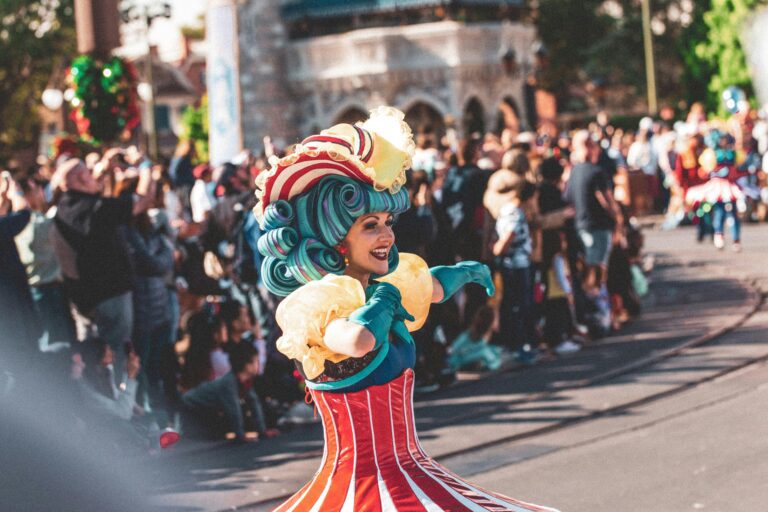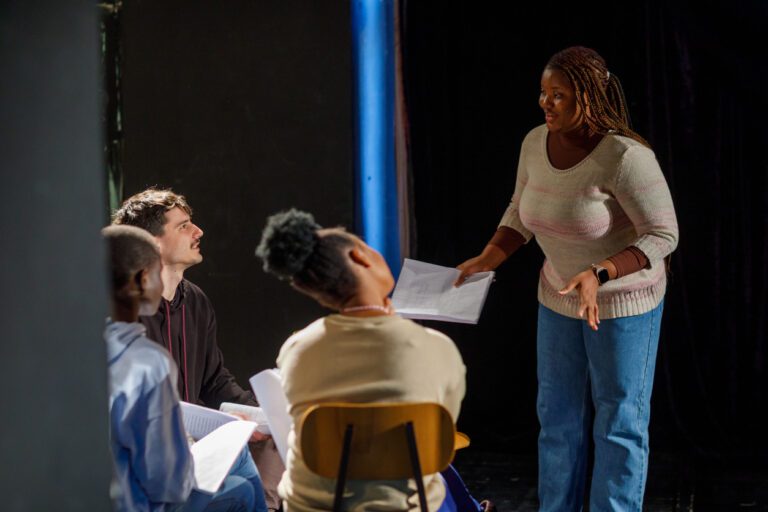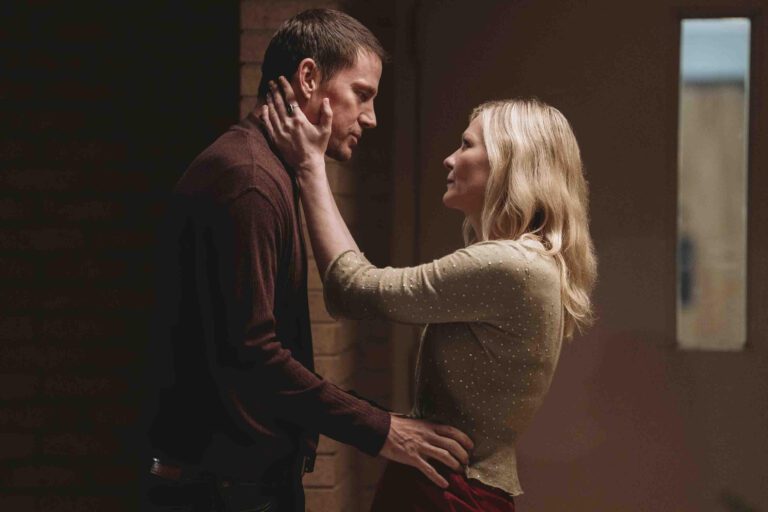South Asian Heritage Month first took place in 2020, and has run annually from July 18 to August 17 to commemorate South Asian culture, marking the impact it’s had from literature to architecture, to the reach of fashion, music and dance.
For actors, celebrating South Asian Heritage Month is about finding inspiration from the significant cultural moments created by South Asian filmmakers, directors, writers and fellow actors that have shifted the narrative from limiting stereotypes, to fully dimensional characters with a rich cultural history.
While representation has seen a significant rise in the last decade or so, South Asian people remain one of the lowest represented groups across all media.
This month is about celebrating the invaluable contribution of people from the South Asian diaspora, and by understanding the importance of the South Asian community in wider society, we can find inspiration in diverse voices from communities that deserve uplifting.
What’s covered in this article:
- South Asian Theater
- Representation on Screen
- Cultural Impact and Inspiration
- Expanding Community
- Looking Ahead
South Asian Theater
The theater is where society is reflected, perhaps more effectively than anywhere else. While South Asian stories are still making their way onto the stage, there have been several theater productions throughout recent years that have had a major impact on the arts.
Most notably, Disgraced, by American playwright Ayad Akhtar, received the Pulitzer Prize for Drama in 2013. Disgraced premiered in Chicago and later transferred to Broadway, where it received a Tony nomination for Best Play in 2015.
Akhtar covers themes of racism, religion, economics and identity, as explored in his follow-up plays The Who & The What, The Invisible Hand, and McNEAL, a new play surrounding the ethics of artificial intelligence, which starred Robert Downey Jr.
South Asian theater also spans across continents, with several South Asian-led production companies based in London, like Rifco, Kali Theatre and Tara Theatre. British writer Ayub Din Khan penned the award-winning play East is East, which was adapted for the silver screen in 1999, starring Om Puri.
Another South Asian playwright, Gurpreet Kaur Bhatti, is known for her work on the plays Behzti, Khandan and most recently, the stage adaptation of Marriage Material, based on the novel by Sathnam Sanghera.
Recently in theater, South Asian stories are being uplifted by new writing, finding specificity in the culture while connecting with audiences on a universal level. This month, the National Theatre premieres a new play called The Estate by Shaan Sahota, telling the story of a British-Sikh politician, played by award-winning actor Adeel Akhtar.
The emergence of new writing by South Asian playwrights is on the path to becoming a classic, like All My Sons and A Raisin in the Sun.
Representation On Screen
South Asian cinema spans a wide variety of genres, from Bollywood classics to romantic comedies, action and horror films. The most significant cultural moment in film rests with a British comedy released in 2002 called Bend it Like Beckham. Whether or not you’re a fan of the film, its impact on audiences concerning race and gender equality is still relevant, nearly twenty years later.
As a teenager, I remember going to see this movie and hearing Punjabi being spoken throughout the film, as well as the sentiment around British sport. I felt a kinship to the fusion of cultures. The feeling when you see yourself represented on screen stays with you — it encourages you to find community and share the experience.
The wider impact on society meant that Bend it Like Beckham cemented its place as an inherently British Asian film that was heart-warming, funny and inspiring to all audiences.
Film and television with South Asian representation have seen further success throughout the years, with films like My Beautiful Launderette, Mississippi Masala, Ali & Ava and Monkey Man, among others. What makes these films significant is their ability to tell authentic stories by removing the idea that South Asian stories should be diluted for white audiences.
Bend It Like Beckham was relatable and funny — it just happened to be a story told from the perspective of a British-Sikh-Punjabi woman, which in effect made it a catalyst for connecting audiences from diverse backgrounds to one another.
Cultural Impact and Inspiration
South Asian culture has been influencing society for years. Its emergence and popularity can be tracked across different industries. Where there was once a reluctance to include and acknowledge South Asian culture by appropriating style and concepts, today there is a resistance, with many people of South Asian heritage demanding recognition.
What contributes to a thriving society is the celebration of diverse cultures with acknowledgement and appreciation. In fashion, Louis Vuitton’s Spring-Summer 2025 Men’s Wear show, designed by Pharrell Williams, was heavily inspired by Indian culture. The show opened in Paris and also included architectural design by Bijoy Jain and music by A.R. Rahman.
This is just one example of South Asian heritage being included in the conversation as a front-running global influence. South Asian culture has also impacted the culinary world, with restaurants serving cuisine steeped in South Asian traditions, using spices and rich flavors.
Another well-known South Asian influence on Western society is apparent in well-being practices like yoga and Ayurveda. By understanding our heritage and where these worldwide influences originate, South Asian artists from a range of disciplines can carve out a path of authenticity, celebrating the impact and power they have.
Expanding Community
As an underrepresented group across theater, film and television, South Asian actors might struggle to find community and a sense of belonging in the arts. There is a scarcity mindset that begins to form among actors of color.
The idea that there is not enough work or opportunities to go around can cultivate a competitive environment. However, by creating community amongst ourselves, we can strengthen our reach.
There are stories to be told, by and for South Asian artists, that can connect to other cultures and audiences. By uplifting and supporting one another, we can work toward an abundant mindset. When we work in opposition, representation is limited by our own hands.
In a time when South Asian characters were once reduced to stereotypes and relegated to secondary characters, it was hard to see how our place in society would evolve.
If you take away anything from South Asian Heritage Month, ideally, it would be the realization that opportunities are out there. We can write stories that put South Asian characters at the helm of their fortune, and speak out for one another when we see setbacks.
Community support is fundamental to making change and diversifying unoccupied spaces.
Looking Ahead
South Asian actors, producers and filmmakers are on the rise, with upcoming productions like Best of the Best, a coming-of-age story starring Hasan Minhaj and Maitreyi Ramakrishnan, Unaccustomed Earth with Freida Pinto, and Mindy Kaling’s Not Suitable For Work. These productions are not just an anomaly, but the future of the entertainment industry and its inclusion of South Asian-led stories.
A key part of looking ahead is confidence, as well as having faith in your abilities, with a clear vision for your career. Take inspiration from South Asian artists across the entertainment industry, and use it to propel you forward. Step out into writing or producing work, and find collaborators who share the same mentality.
South Asian Heritage Month isn’t just about looking in isolation at your communities, but identifying how we thrive as a society when we include diverse voices. Art is where we source inspiration, so this month, take the time to look at South Asian heritage as a plentiful source.
The more we share what makes us unique and different from one another, the more we discover what makes us similar to each other.
Final Takeaways
South Asian Heritage Month highlights the rich and evolving presence of South Asian stories and artists across theater, film and culture. For actors, it’s a powerful reminder that representation is growing but still needs champions who bring authenticity and community spirit to the forefront.
Embracing this heritage can fuel your creativity and open doors in a landscape eager for diverse voices.
- Seek out and study plays and films by South Asian writers and directors to understand authentic storytelling beyond stereotypes.
- Build connections with fellow South Asian actors and creatives to foster a supportive, abundant community rather than a competitive one.
- Use your unique cultural perspective as a strength in auditions and performances, showing confidence in your identity.
- Explore opportunities to write or produce your own work that centers South Asian experiences, helping to expand representation.
- Stay inspired by current and upcoming South Asian-led projects, and let their success motivate your career vision.
You may also like:

